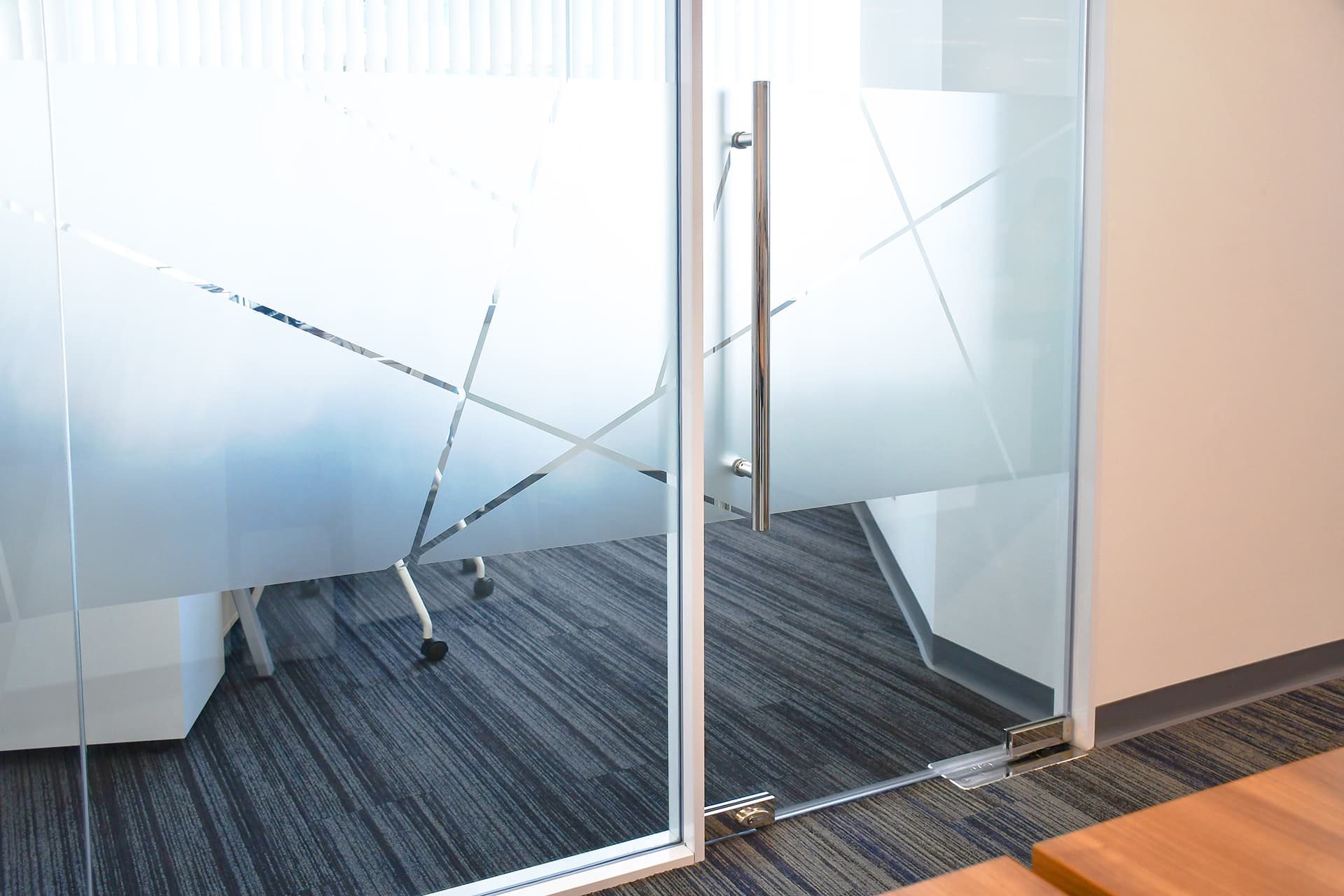

Tableware
How Does Liquid Crystal Glass Work?
Modified: January 5, 2024
Discover the fascinating technology behind liquid crystal glass and its application in tableware. Learn how this innovative material works to enhance your dining experience.
(Many of the links in this article redirect to a specific reviewed product. Your purchase of these products through affiliate links helps to generate commission for Storables.com, at no extra cost. Learn more)
Introduction
Tableware, a term often associated with plates, bowls, utensils, and glasses, plays a crucial role in our everyday lives. From fine dining to casual gatherings, tableware not only serves a functional purpose but also adds beauty and elegance to our dining experiences. But have you ever wondered about the technology behind certain types of tableware? One such technological marvel is liquid crystal glass.
Liquid crystal glass is a cutting-edge material that has revolutionized the design and functionality of glassware. Its ability to switch between transparency and opacity, coupled with its energy-efficient properties, has made it a popular choice for various applications. In this article, we will explore how liquid crystal glass works, its structure, working principle, and the advantages and disadvantages it offers.
Key Takeaways:
- Liquid crystal glass is a revolutionary material that can switch between transparency and opacity, offering customizable privacy, energy efficiency, and modern aesthetics for various applications in architecture, automotive, healthcare, and more.
- While liquid crystal glass provides dynamic functionality and aesthetic appeal, it comes with considerations such as cost, power consumption, maintenance, and viewing angle limitations. Ongoing research aims to address these drawbacks and enhance its performance.
Read more: How Does Liquid Glass Work
What is Liquid Crystal Glass?
Liquid crystal glass, also known as smart glass or switchable glass, is a type of glass that has the unique ability to change its transparency or opacity on demand. It consists of a special type of film or coating that contains liquid crystals, a state of matter that exhibits properties of both liquids and solids. These liquid crystals can be manipulated through the application of an electric current or other stimuli, causing the glass to switch between transparent and opaque states.
This innovative technology offers a wide range of benefits and applications across various industries. From architectural projects to automotive windows and even electronic displays, liquid crystal glass is transforming the way we interact with glass surfaces.
The use of liquid crystal glass extends beyond traditional applications like windows and doors, enabling you to set your table with an array of innovative tableware. This includes glass plates, bowls, and drinkware that can be integrated into your dining setting. With this technology, you can create an immersive and interactive dining experience, where the appearance of your tableware can dynamically change to suit personal preferences or to match the theme of the occasion.
Additionally, liquid crystal glass can be customized to have different levels of opacity, allowing for varying degrees of privacy and light control. This makes it an ideal choice for spaces that require versatility, such as conference rooms, hotels, and healthcare facilities.
Structure of Liquid Crystal Glass
Liquid crystal glass consists of multiple layers that work together to achieve its unique properties. The basic structure typically includes the following components:
- Glass Substrate: The glass substrate forms the base of the liquid crystal glass. It provides the necessary stability and support for the other layers. The glass used is usually transparent and highly durable.
- Electrodes: Thin transparent electrodes are applied to the surface of the glass substrate. These electrodes are responsible for applying the electric current that controls the alignment of the liquid crystal molecules. They are typically made of materials like indium tin oxide (ITO) and are patterned to create the desired circuitry.
- Alignment Layer: The alignment layer is a thin coating applied on top of the electrodes. Its purpose is to align the liquid crystal molecules in a specific direction. This alignment is essential for achieving the desired transparency or opacity when the electric current is applied.
- Liquid Crystal Molecules: The heart of liquid crystal glass lies in the liquid crystal molecules themselves. These molecules possess unique properties that allow them to change their alignment when subjected to an electric field. As a result, they can switch between a transparent state, where they line up in parallel, and an opaque state, where they scatter randomly.
- Encapsulant: To protect the liquid crystal molecules and ensure their longevity, a layer of encapsulant is applied over the alignment layer. This encapsulant acts as a barrier, preventing the molecules from leaking or evaporating. It is usually a thin, transparent film that is chemically stable and resistant to environmental factors.
It’s important to note that the exact structure of liquid crystal glass can vary depending on the specific application and manufacturer. Different additives and coatings may be incorporated to enhance performance, increase durability, or provide additional functionalities.
Working Principle of Liquid Crystal Glass
The working principle of liquid crystal glass is based on the unique behavior of liquid crystal molecules when subjected to an electric field. The glass is typically transparent in its resting state and becomes opaque when an electric current is applied.
When no electric current is applied, the liquid crystal molecules are in their natural state, called the twisted nematic phase. In this phase, the molecules are arranged in a helical structure, causing light to pass through and making the glass appear transparent.
However, when an electric current is applied to the electrodes on the glass, it creates an electric field that affects the alignment of the liquid crystal molecules. This electric field causes the molecules to untwist and align horizontally with the electric field, disrupting the helical structure.
As the molecules realign, they scatter light, making the glass appear opaque or frosted. The degree of opacity can be controlled by adjusting the strength of the electric current. Higher currents result in a greater degree of alignment and opacity, while lower currents allow for more transparency.
The switch between transparency and opacity happens in milliseconds, making liquid crystal glass a versatile and responsive material. This quick response time enables it to adapt to changing environmental conditions or user preferences in real-time.
It is worth noting that there are different types of liquid crystal technologies available, including polymer-dispersed liquid crystal (PDLC) and suspended particle device (SPD) technology. PDLC uses microscopic droplets of liquid crystal dispersed in a polymer matrix, while SPD technology incorporates suspended particles that align or disperse in an electric field. These variations offer different functionalities and characteristics but follow the same basic principle of manipulating the alignment of liquid crystal molecules to control the transparency of the glass.
The working principle of liquid crystal glass showcases the versatility and potential applications of this technology. From controlling privacy and glare reduction in windows to creating interactive displays and smart glassware, this innovative material continues to push the boundaries of glass design and functionality.
Liquid crystal glass works by using an electric current to align the liquid crystal molecules, allowing light to pass through. When the current is turned off, the molecules become randomly oriented, scattering light and creating an opaque appearance.
Application of Liquid Crystal Glass
Liquid crystal glass has a wide range of applications across various industries, thanks to its unique properties and versatility. Here are some of the key areas where liquid crystal glass is used:
- Architecture and Construction: In architecture, liquid crystal glass is widely used for windows, doors, partitions, and skylights. Its ability to switch between transparent and opaque states allows for privacy control, glare reduction, and energy efficiency. It can also be used for dynamic facades and interactive displays in building exteriors.
- Automotive Industry: Liquid crystal glass is employed in automotive windows, sunroofs, and rearview mirrors. It offers enhanced privacy and the ability to control light transmission, improving comfort and safety for passengers.
- Healthcare: Liquid crystal glass finds applications in hospitals and healthcare facilities. It can be used in privacy curtains, partition walls, and operating room windows, providing adjustable visibility and maintaining sanitation standards.
- Display Technology: Liquid crystal glass is utilized in electronic displays, such as smart TVs, computer monitors, and advertising panels. Its ability to switch between transparent and opaque states allows for creative display designs, like hidden product showcases or interactive touch screens.
- Hospitality Industry: Liquid crystal glass is integrated into intelligent hotel room windows, bathroom dividers, and glass panes in conference rooms. It offers privacy control, sound insulation, and energy efficiency while adding a touch of modernity and luxury.
- Retail and Advertising: Liquid crystal glass is used in retail settings and advertising displays to create engaging and eye-catching showcases. By switching between transparent and opaque states, it can selectively reveal or hide products, attracting attention and enhancing brand messaging.
The applications of liquid crystal glass continue to expand as researchers and designers explore new possibilities. Its ability to combine functionality, aesthetics, and interactivity makes it an ideal choice for innovative design concepts in various industries.
Read more: Why Does Crystal Glass Contain Lead?
Advantages of Liquid Crystal Glass
Liquid crystal glass offers several advantages that make it a highly desirable material for a wide range of applications. Here are some of the key advantages of using liquid crystal glass:
- Transparency Control: One of the greatest advantages of liquid crystal glass is its ability to switch between transparent and opaque states. This gives users the flexibility to control the level of privacy, light transmission, and visibility, providing a customizable environment that meets their specific needs.
- Energy Efficiency: Liquid crystal glass is energy-efficient, as it requires power only when transitioning between transparency and opacity. In its resting state, it remains transparent without the need for continuous electricity consumption. This characteristic makes it a sustainable choice for windows, doors, and other glass applications, potentially reducing energy costs.
- Privacy and Security: The privacy control offered by liquid crystal glass is a significant advantage, particularly in settings such as offices, conference rooms, and healthcare facilities. With a simple switch, the glass can transform from transparent to opaque, ensuring privacy and confidentiality when needed.
- Aesthetic Appeal: Liquid crystal glass adds a touch of modernity and sophistication to any space. Its ability to create visually stunning displays and interactive showcases makes it a favored choice for architectural and design applications. The glass can be customized to match the overall aesthetic theme, adding an element of elegance and style.
- UV Protection: Liquid crystal glass can effectively block harmful ultraviolet (UV) rays. This not only protects the interior of a space from fading or discoloration caused by UV exposure but also safeguards individuals against potential health risks associated with prolonged sun exposure.
- Sound Insulation: Liquid crystal glass has sound-insulating properties, helping reduce noise transmission between spaces. This feature is particularly beneficial in environments that require acoustic privacy, such as conference rooms or healthcare facilities.
The advantages of liquid crystal glass make it a highly versatile material that can enhance the functionality, aesthetics, and sustainability of various applications. Its ability to adapt to different environments and user preferences has propelled its popularity across industries.
Disadvantages of Liquid Crystal Glass
While liquid crystal glass offers numerous advantages, it is important to consider its limitations and potential drawbacks. Here are some of the disadvantages of using liquid crystal glass:
- Cost: Liquid crystal glass can be more expensive compared to traditional glass due to the complexity of its manufacturing process and the integration of specialized components. This higher cost may limit its widespread adoption, particularly in large-scale applications.
- Power Consumption: While liquid crystal glass is energy-efficient when in its resting state, it does require electricity to switch between transparency and opacity. Continuous power consumption can be a disadvantage in applications where a large area of glass is utilized, such as in building facades or automotive windows.
- Maintenance: Liquid crystal glass may require specific care and maintenance to preserve its functionality and appearance. The surfaces should be cleaned using recommended methods and products, and care should be taken to avoid any excessive force or scratching that could damage the glass or the liquid crystal film inside.
- Response Time: Although liquid crystal glass switches between transparent and opaque states relatively quickly, there may still be a slight delay in the response time. This delay may be more noticeable in larger glass panels or in applications where faster transitioning is desired.
- Limited Viewing Angle: Liquid crystal glass may have a limited viewing angle, especially when it comes to maintaining high transparency. Viewing the glass from extreme angles may result in reduced clarity or distortion, which can be a disadvantage in certain applications where a wide viewing angle is crucial.
- Complexity: The manufacturing process and integration of liquid crystal glass can be complex, requiring expertise and specialized equipment. This complexity may limit the availability of liquid crystal glass for certain applications or industries.
While the aforementioned disadvantages exist, ongoing research and development efforts aim to address these limitations and improve the performance and cost-effectiveness of liquid crystal glass. As the technology continues to advance, we can expect these disadvantages to be mitigated over time.</p+
Conclusion
Liquid crystal glass is a remarkable material that has revolutionized the world of glassware and beyond. Its ability to switch between transparency and opacity, coupled with its energy-efficient properties, makes it a highly versatile and sought-after material for various applications.
The structure of liquid crystal glass, with its glass substrate, electrodes, alignment layer, liquid crystal molecules, and encapsulant, forms the foundation for its unique properties. By manipulating the alignment of the liquid crystal molecules through the application of an electric field, the glass can transition from a transparent state to an opaque state in milliseconds.
The applications of liquid crystal glass are numerous and diverse. From architecture and automotive industry to healthcare and retail, liquid crystal glass offers privacy control, glare reduction, energy efficiency, and aesthetic appeal. It finds its place in windows, doors, partitions, electronic displays, and even glassware, enhancing the functionality and visual experience in these spaces.
Advantages of liquid crystal glass include transparency control, energy efficiency, privacy and security, aesthetic appeal, UV protection, and sound insulation. However, it is important to consider the disadvantages, such as cost, power consumption, maintenance requirements, response time, limited viewing angle, and complexity of manufacturing.
Despite these drawbacks, ongoing research and development efforts aim to overcome these limitations and expand the possibilities of liquid crystal glass. As the technology progresses, we can anticipate improvements in cost-effectiveness, efficiency, and performance.
In conclusion, liquid crystal glass is a cutting-edge material that has transformed the way we perceive glassware and glass surfaces. Its dynamic capabilities provide a seamless blend of functionality and aesthetics, making it a valuable asset in various industries. As advancements continue, liquid crystal glass will continue to evolve and redefine the boundaries of glass technology, opening up new possibilities and enhancing our everyday experiences.
Frequently Asked Questions about How Does Liquid Crystal Glass Work?
Was this page helpful?
At Storables.com, we guarantee accurate and reliable information. Our content, validated by Expert Board Contributors, is crafted following stringent Editorial Policies. We're committed to providing you with well-researched, expert-backed insights for all your informational needs.
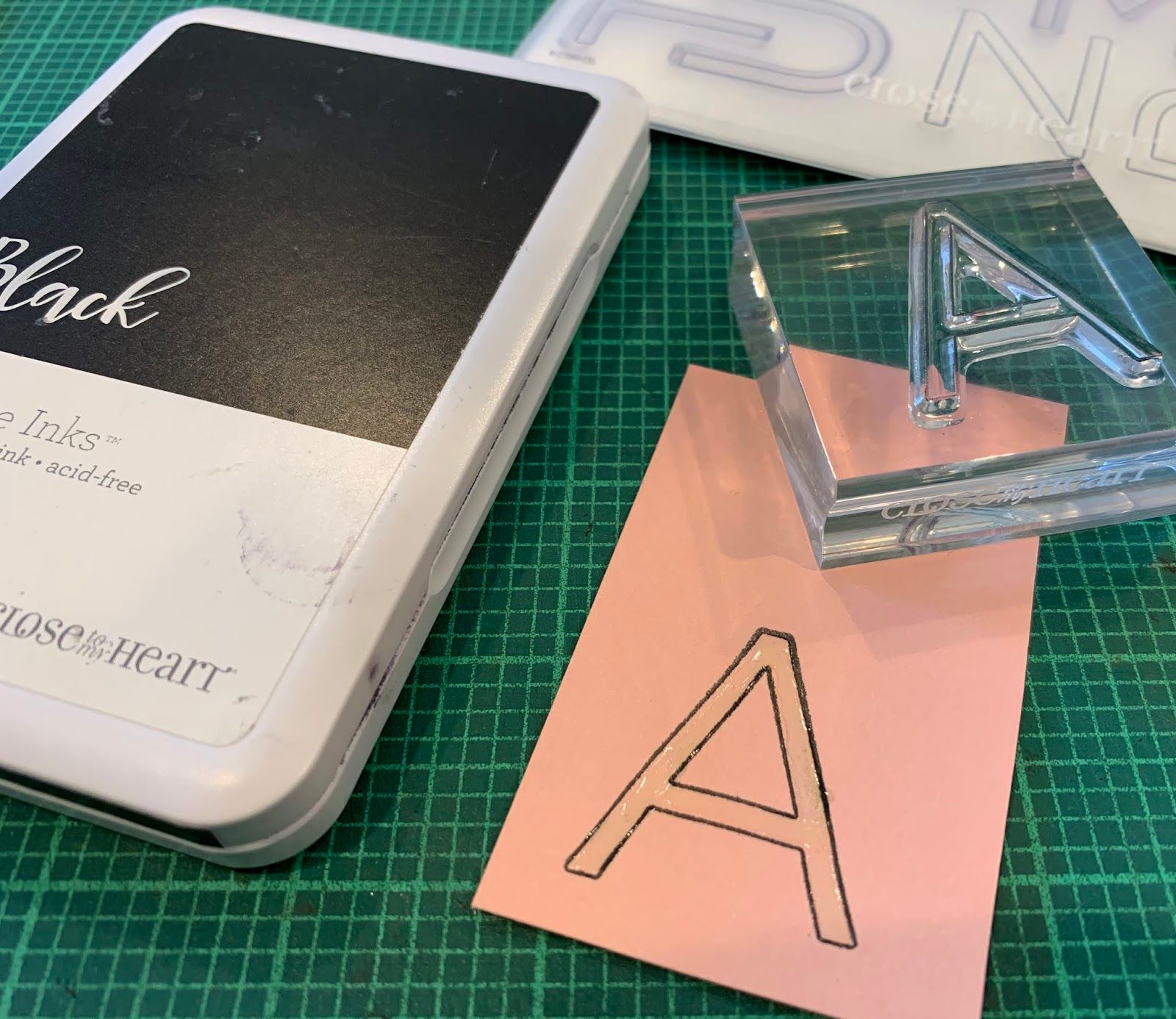

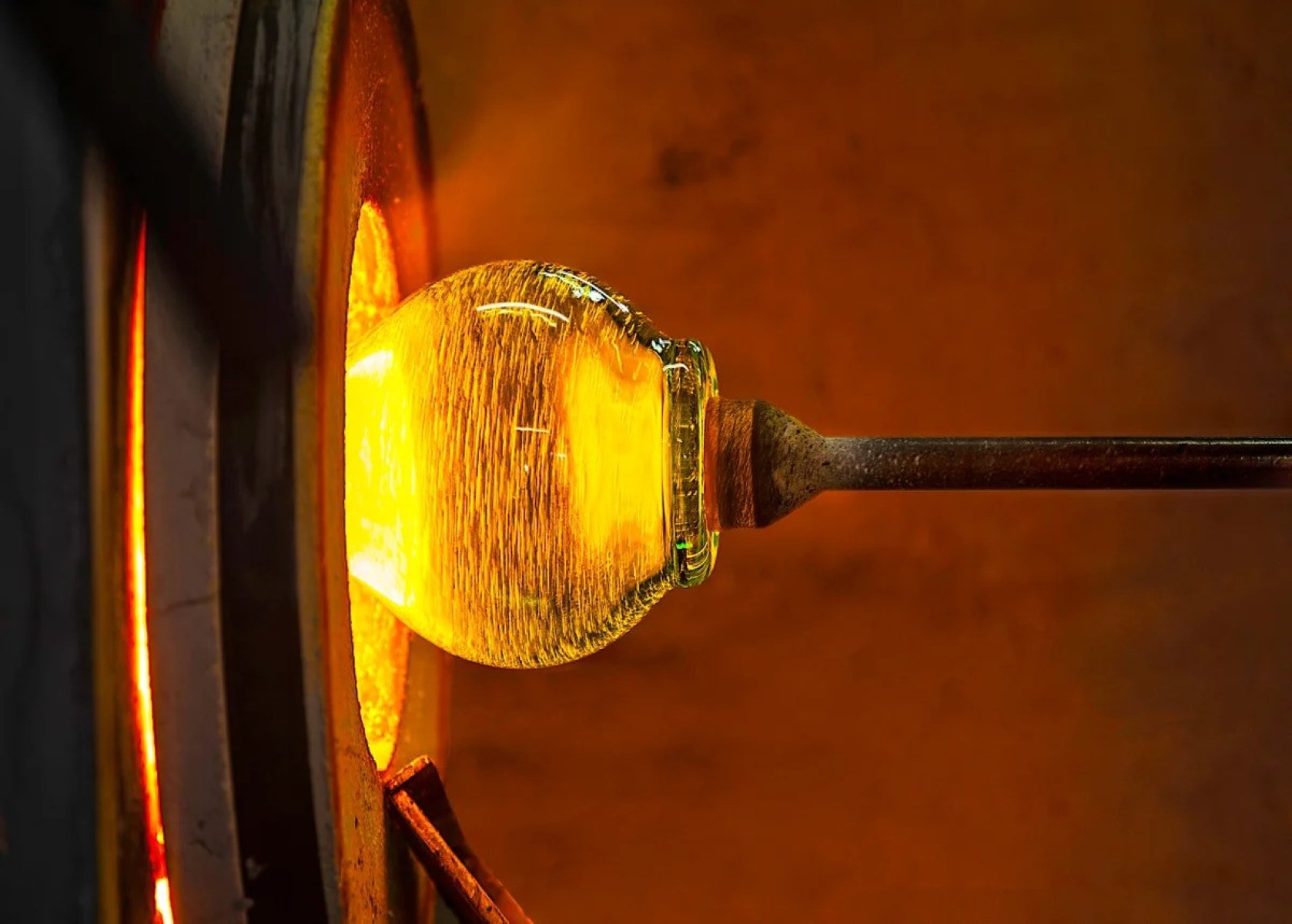
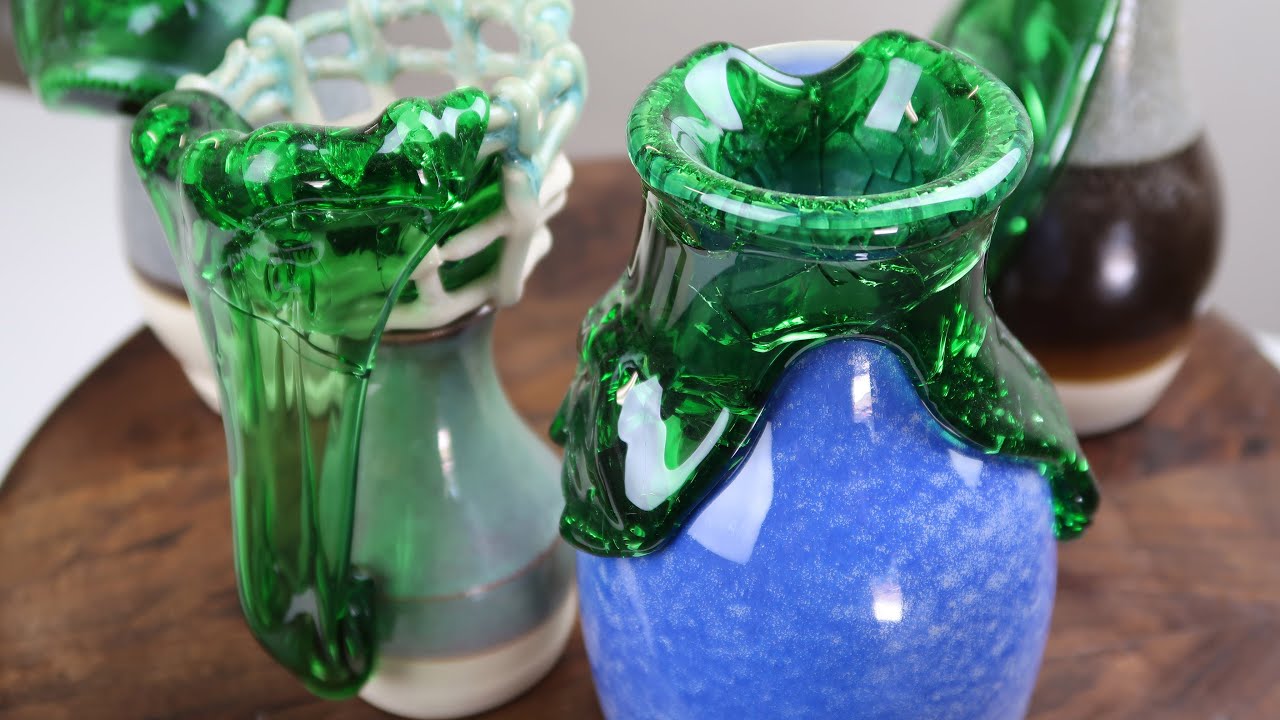
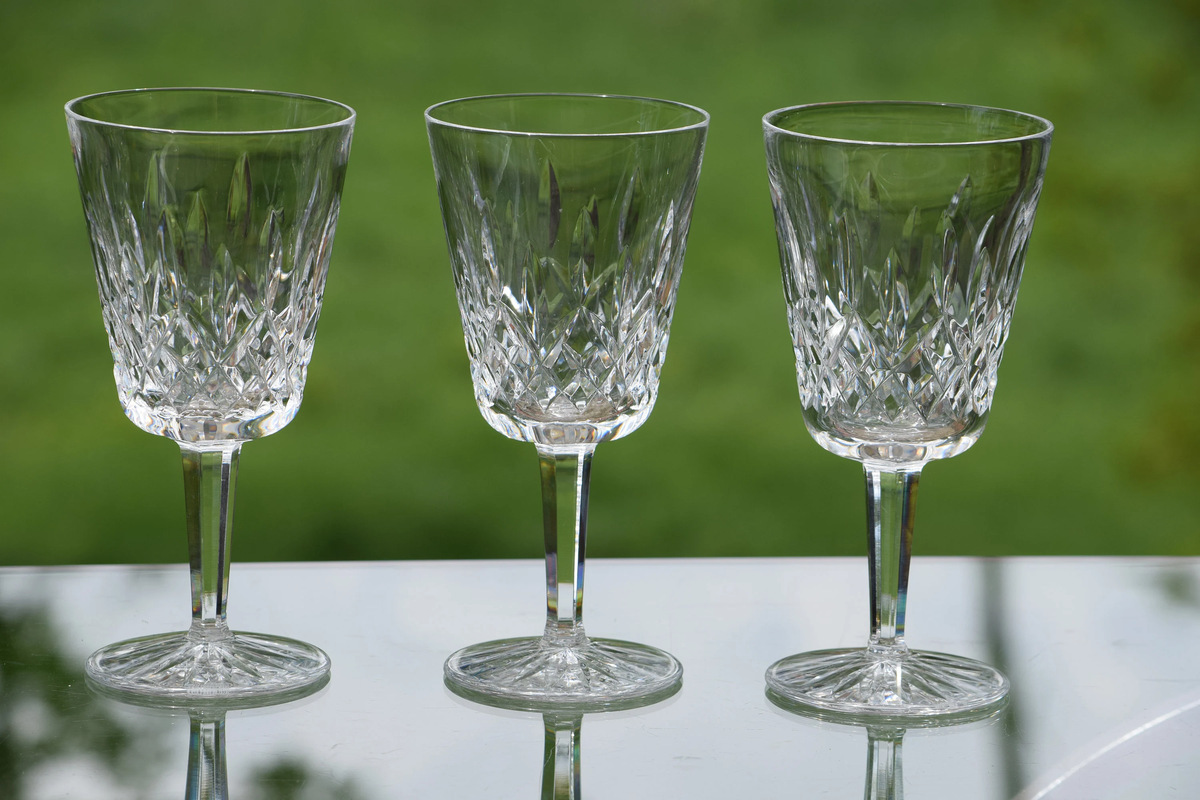
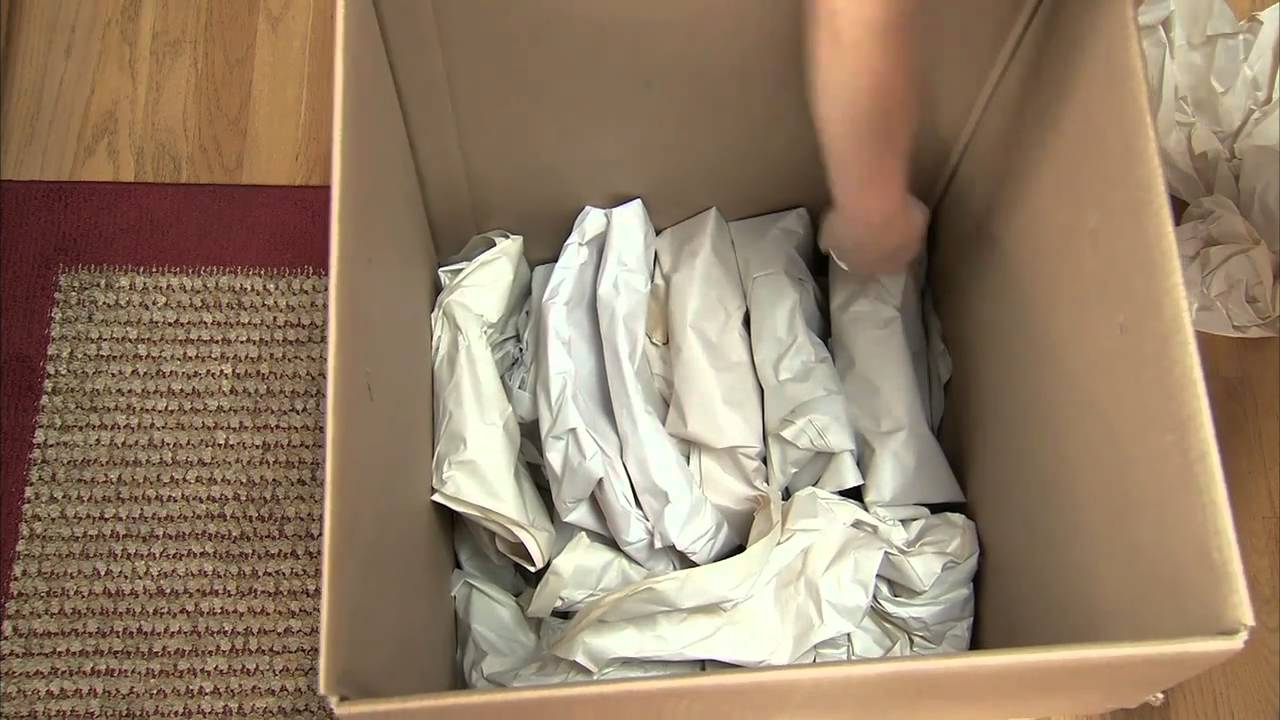
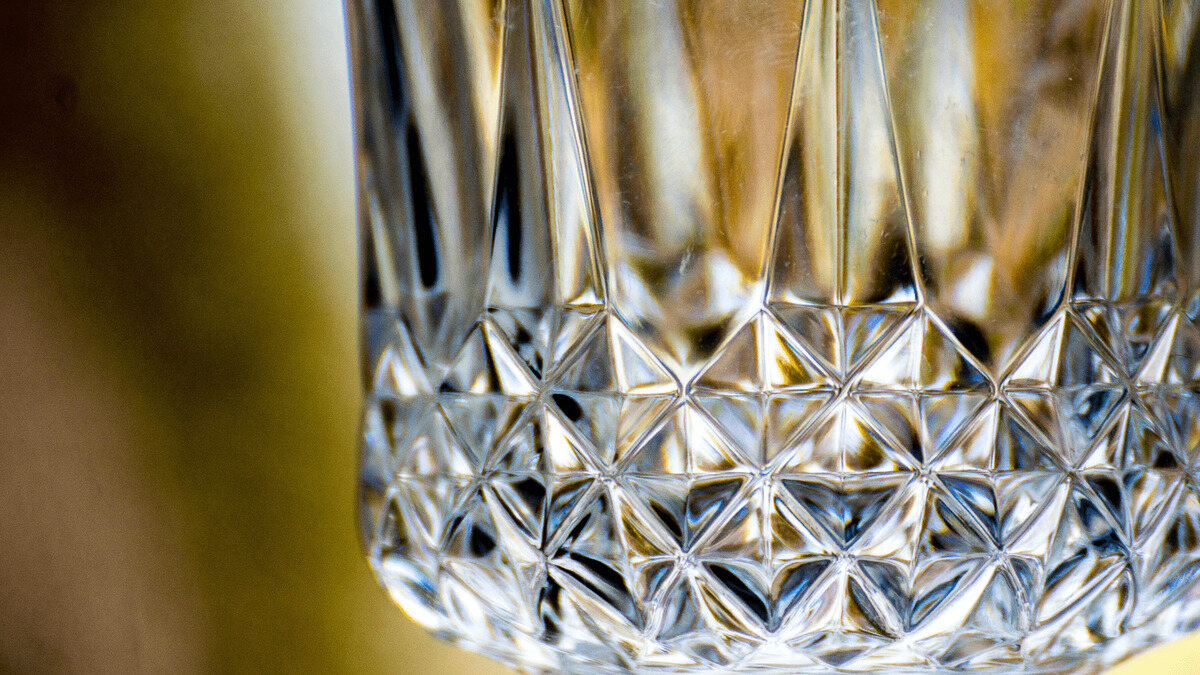
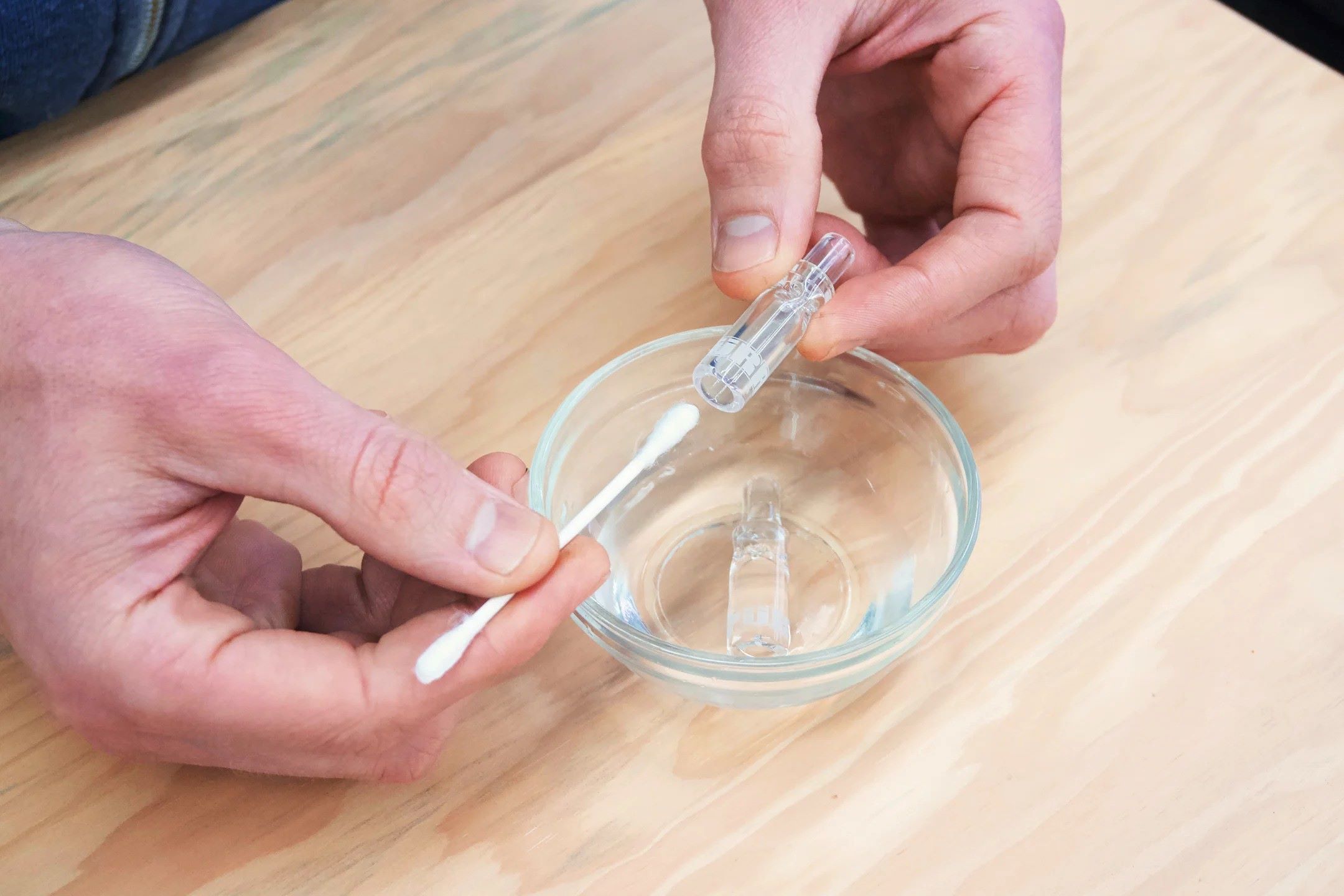

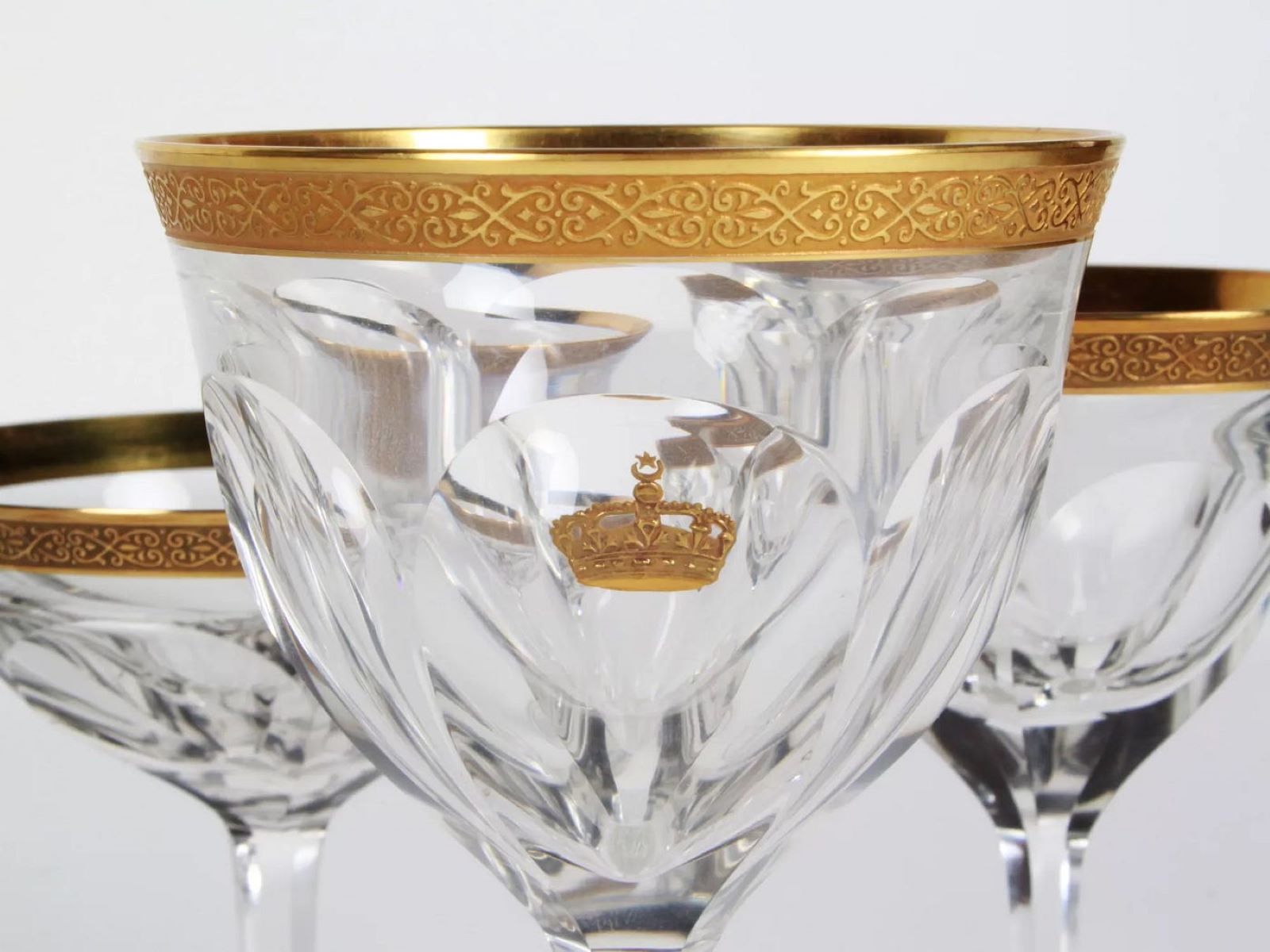
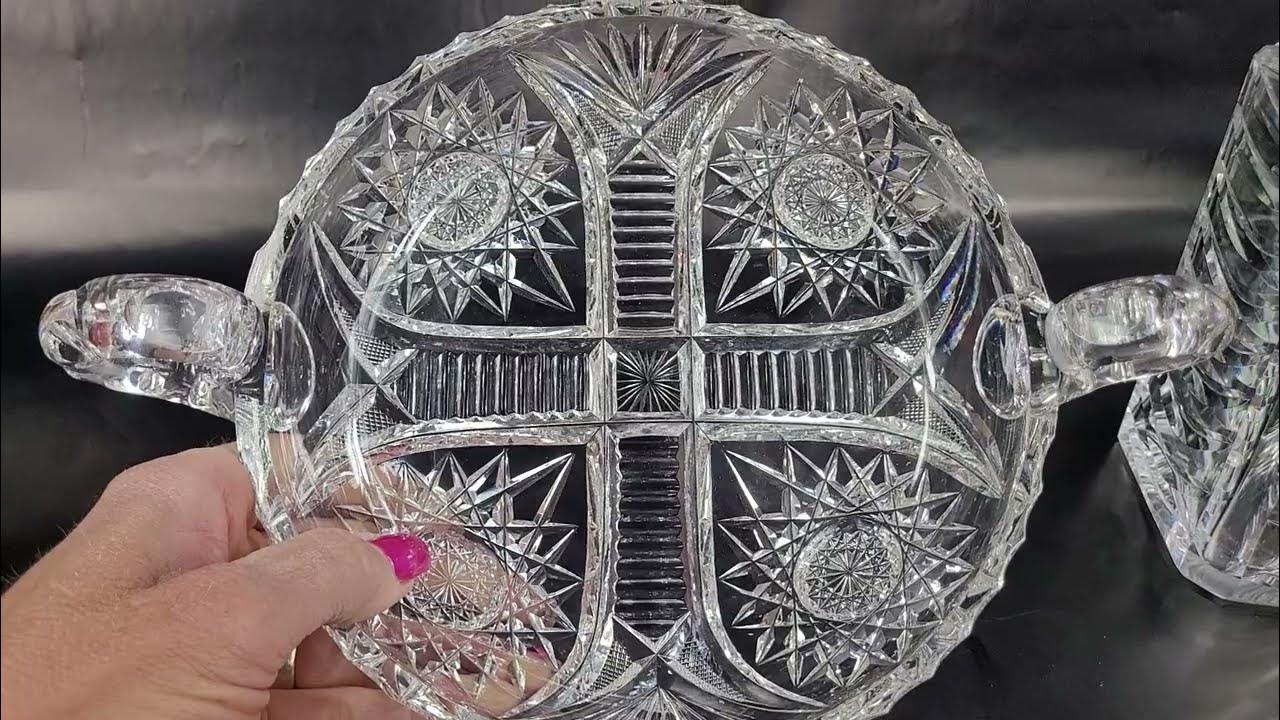
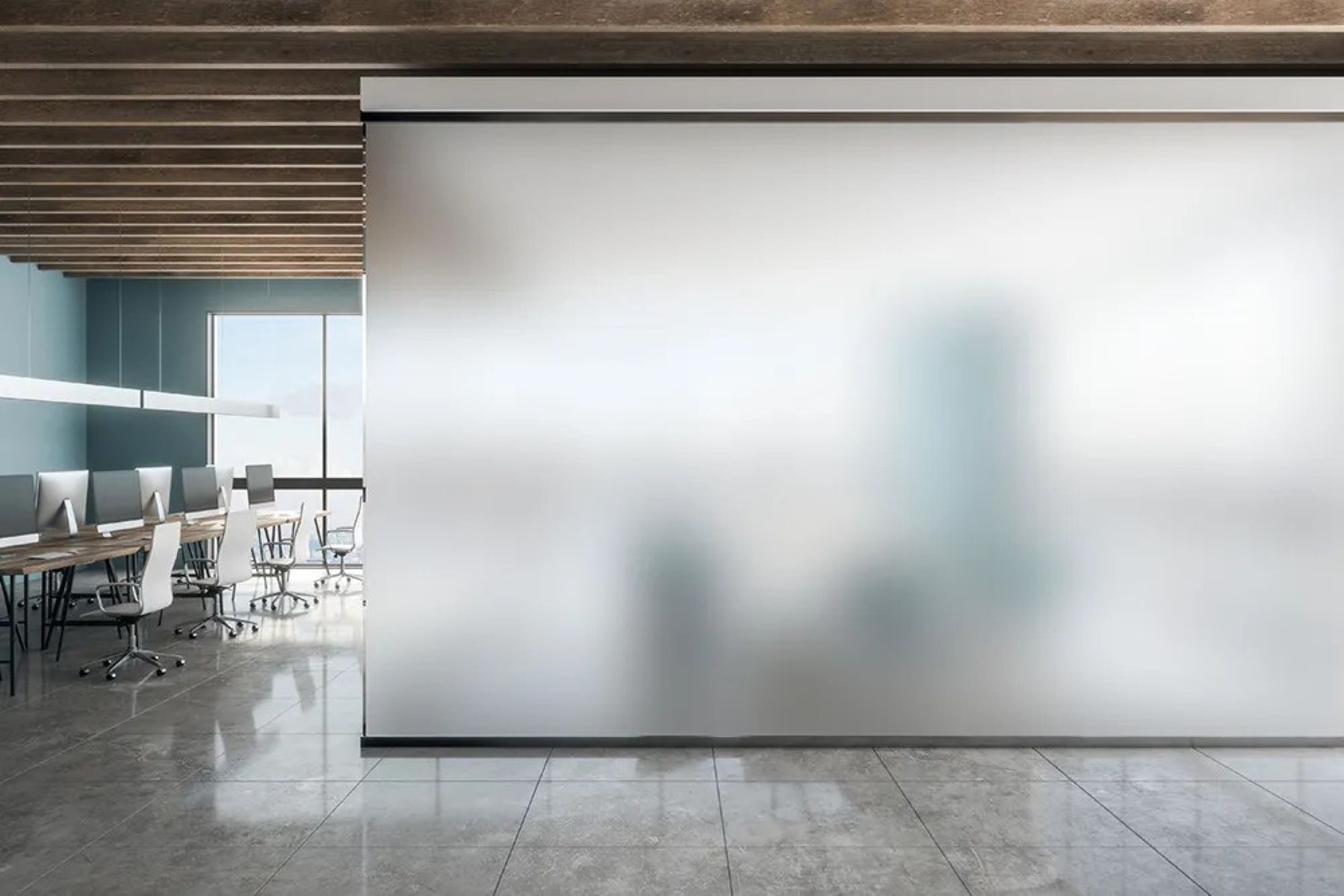



0 thoughts on “How Does Liquid Crystal Glass Work?”